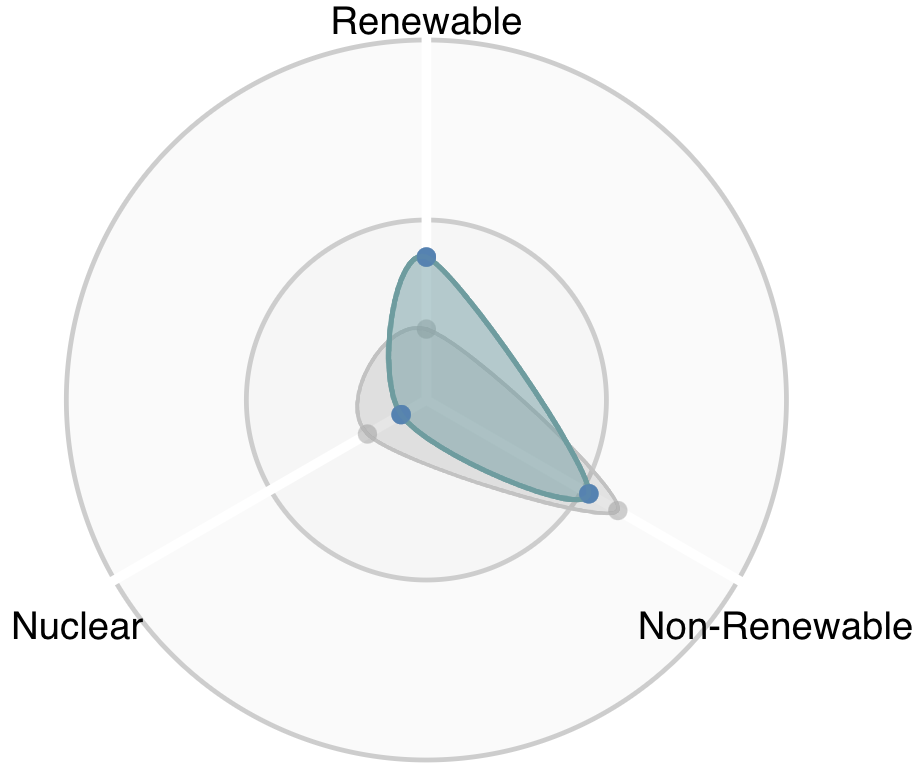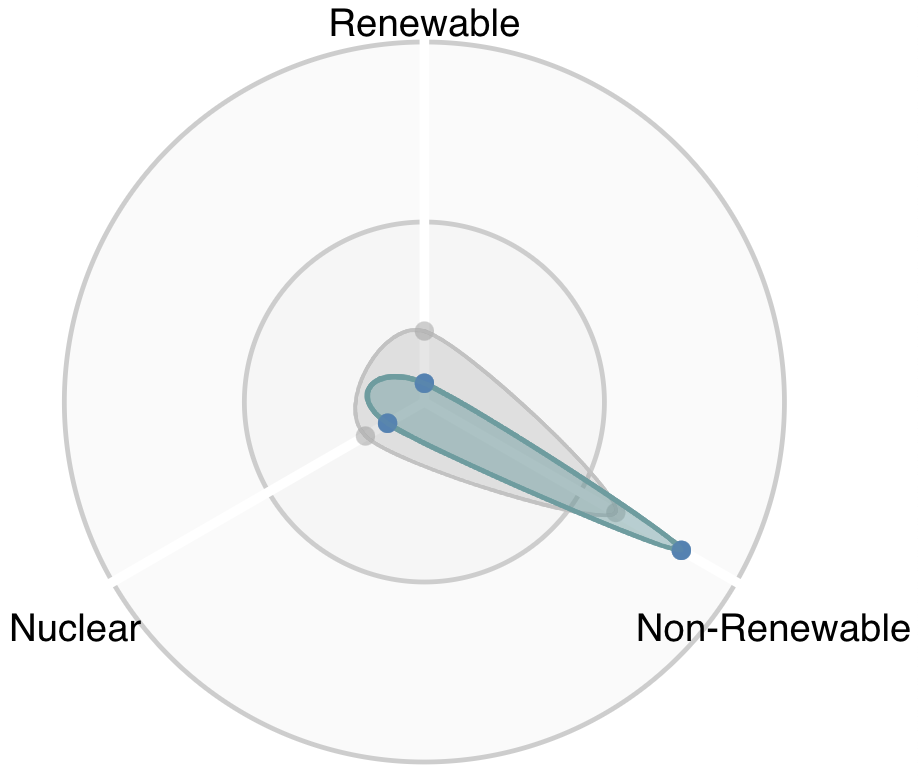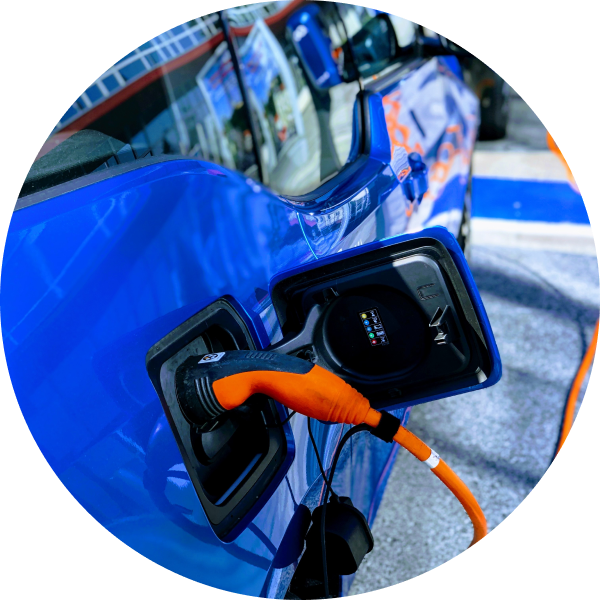Transportation is the largest contributor to emissions.
Emissions from transportation includes everything around the movement of people or goods from place to place. This covers emissions from passenger driving and flying as well as from freight services importing and exporting raw materials and products.
Of all greenhouse gas emissions in 2020, transportation contributed to:
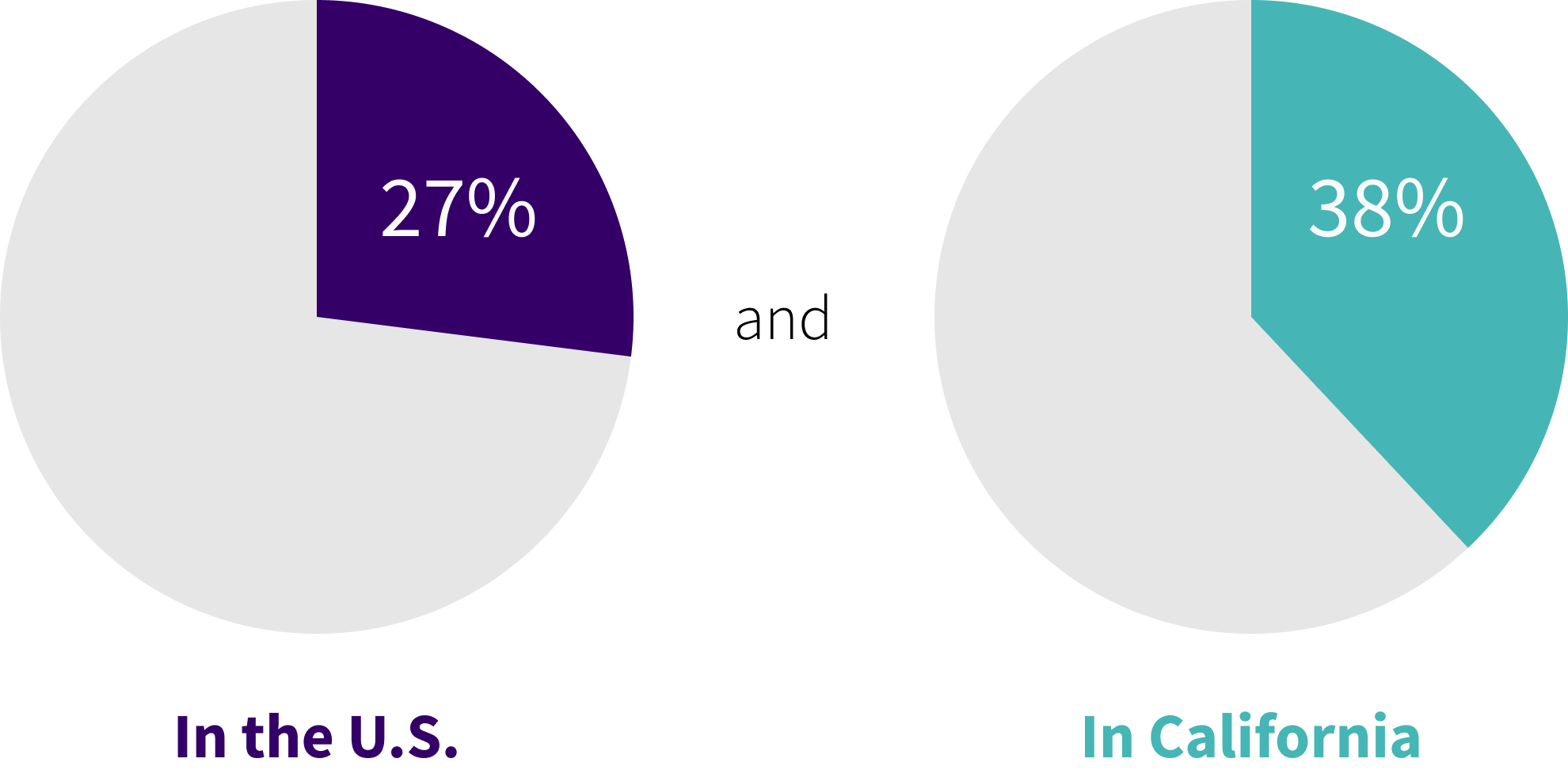
Tailpipe emissions can vary in composition between vehicles, but contain both greenhouse gasses and air pollutants.
Carbon dioxide makes up 99% of tailpipe emissions of passenger vehicles.
Other harmful air pollutants in vehicle smog: Sulfur dioxide (SO2), Nitrogen oxides (NOx), Carbon monoxide (CO), Formaldehyde (HCHO), Particulate matter (PM).
Air pollutants emitted from transportation is a major contributor to climate change.

Fighting climate change by reducing transportation emissions
There are many strategies to reducing transportation emissions:

Develop sustainable passenger vehicles

Design walkable cities

Shift from passenger vehicles to public transportation
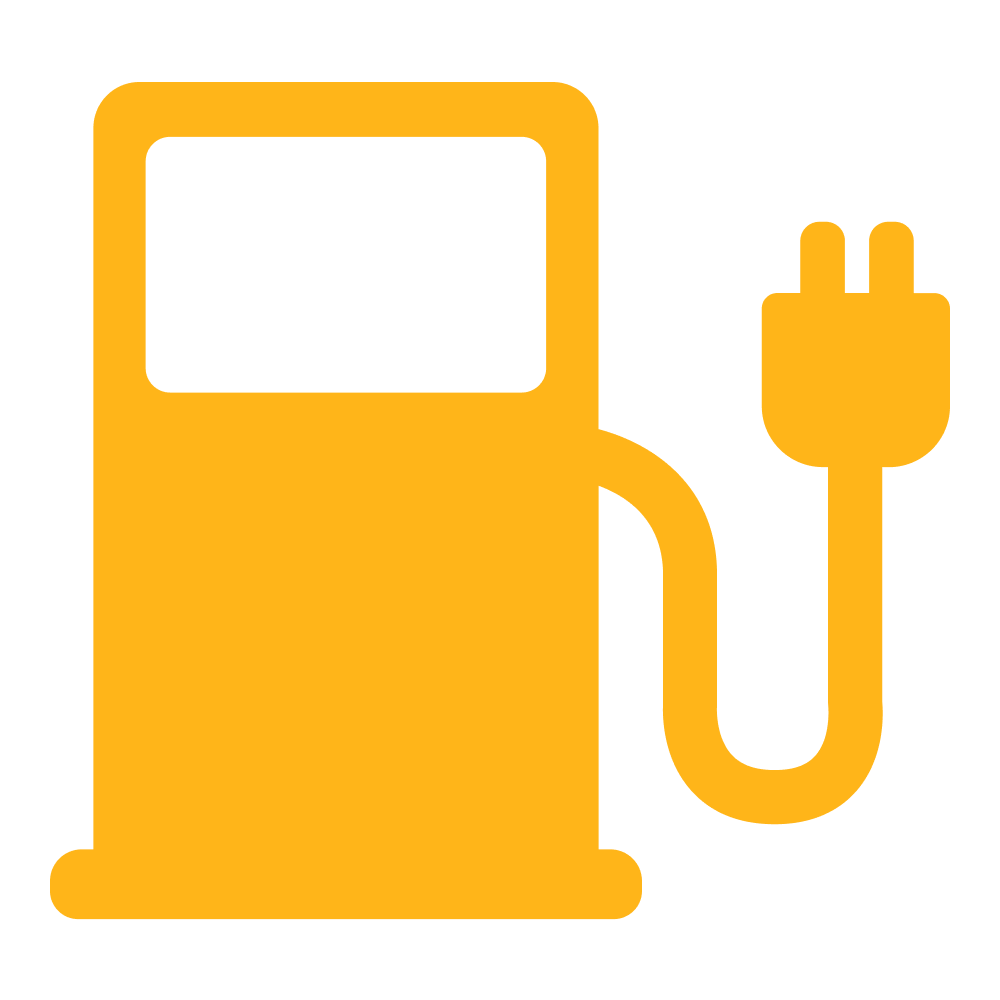
Develop more sustainable methods to generate fuel

Optimize our supply chain routes and chains
The US focuses on sustainable passenger vehicles
At both a federal and state level, the strategies to reduce transportation emissions have been focused on zero-emission vehicles and electrification.
In 2020, California Governor Gavin Newsom signed Executive Order N-79-20 which mandates that by 2035, 100 percent of all sales of new passenger cars and trucks in California be zero-emission.
In 2021, the Bipartisan Infrastructure Law was signed by President Biden which plans to invest $7.5 billion in EV charging infrastructure and $7 billion in EV battery production.
See the key policies focused around passenger vehicles passed in the past 30 years by the U.S. and California

California's commitment to passing passenger vehicle emission policies has allowed their CO2 emissions to stay below the national average.
When measuring emissions Carbon Dioxide Equivalent (CO2e) is used, which is the measure of any gas's global warming potential relative to carbon dioxide.
- CARB (2007) GHG 1990–2004 Inventory & Documentation. https://ww2.arb.ca.gov/ghg-1990-to-2004.
- CARB (2022) California Greenhouse Gas Emissions for 2000 to 2020 Trends of Emissions and Other Indicators. California Air Resources Board. https://ww2.arb.ca.gov/ghg-inventory-data.
- EPA (2022) Inventory of U.S. Greenhouse Gas Emissions and Sinks: 1990-2020. U.S. Environmental Protection Agency, EPA 430-R-22-003. https://www.epa.gov/ghgemissions/inventory-us-greenhouse-gas-emissions-and-sinks-1990-2020.
- United States Census Bureau (2022) Population and Housing Unit Estimates Datasets.https://www.census.gov/programs-surveys/popest/data/data-sets.html.

As the US tackles climate change through greener cars, we investigate what emission-free really means.
Electric vehicles are said to have zero emissions - which is partially true.
Electric vehicles (EV) are categorized as zero-emission vehicles, but they are only zero-emission in terms of tailpipe emissions.
Hidden emissions, such as those from burning fossil fuels to generate electricity for EV charging, still exist.
What is the environmental impact of electric vehicles?














